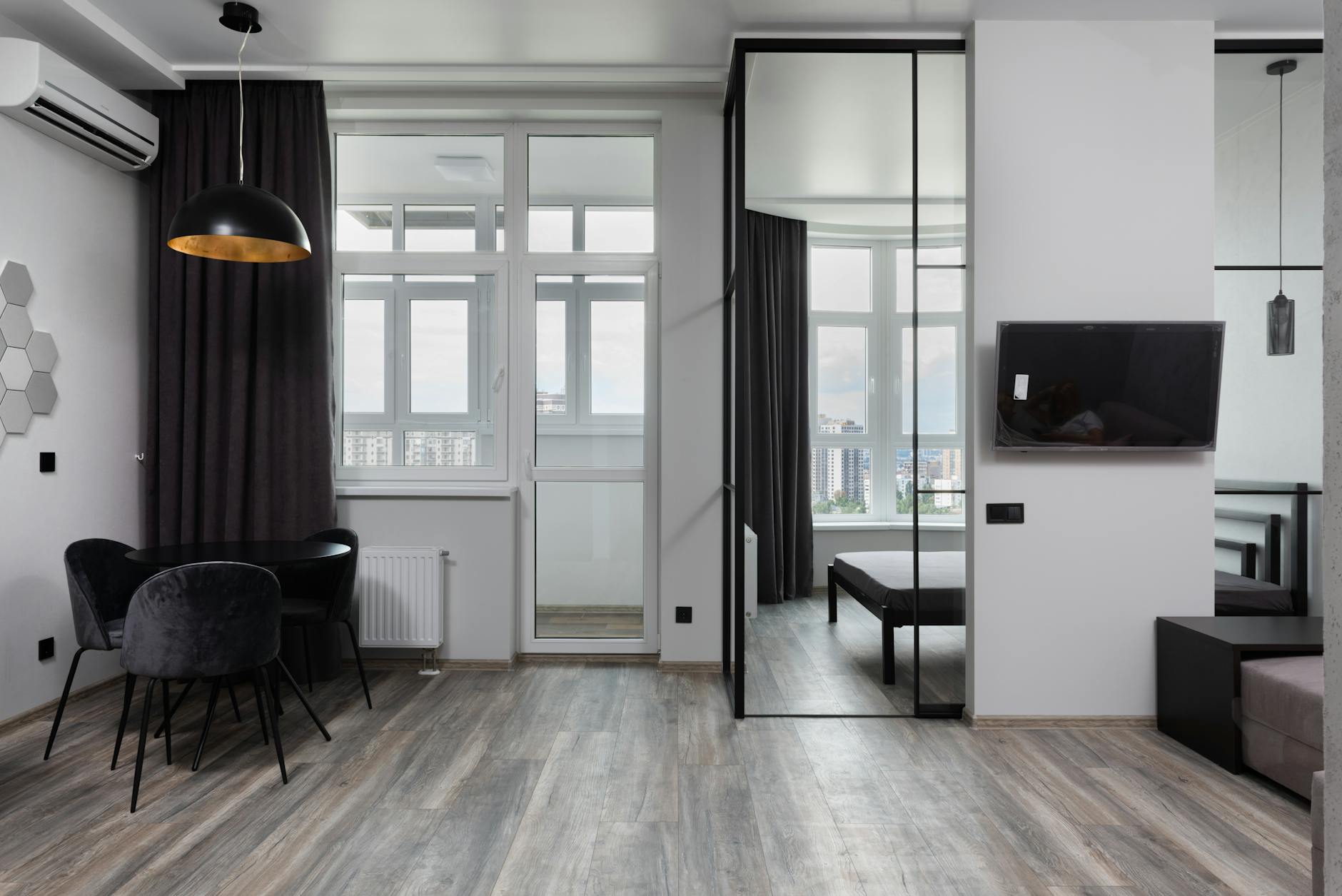
Improve Indoor Air Quality
Indoor air quality is vital to our overall health and well-being, yet is often neglected. This post will look at effective strategies to enhance its quality in your environment.
We will outline various methods that can purify your home’s air and create a healthier living environment. From natural ventilation to indoor plants, we will review various techniques that will create a more pleasurable living space. So, let’s dive in and start breathing better today!
For top-notch service and indoor air quality inspection, visit https://www.hurlimanheating.com/.
1. Natural ventilation
One of the easiest and most practical ways to improve indoor air quality is natural ventilation — exchanging indoor air with fresh outdoor air. Open windows and doors regularly during low pollution times like early morning or late night to maximize this process. This small act can significantly lower the concentrations of indoor pollutants and provide a fresh, invigorating atmosphere in your home.
2. Indoor plants
Another effective strategy is the use of indoor plants. Plants act as natural air purifiers, filtering out airborne toxins like formaldehyde and benzene emissions from pollutants in the air. Not only are plants great at improving air quality, but they can also add an element of nature into any indoor space, boost mood and reduce stress.
3. Regular cleaning
Maintaining cleanliness in your home is vital to improving air quality. Regular vacuuming, dusting and mopping can remove allergens that cause problems for those suffering from allergies or respiratory ailments. Having a clean home reduces the risk of dust mites, pet dander, and mold, which are common indoor pollutants.
4. Air purifiers
Consider investing in an air purifier. These filter your home air, eliminating pollutants such as smoke, dust and pollen. HEPA (high-efficiency particulate air) purifiers have proven particularly efficient at filtering out 99.97% of particles that measure less than 0.3 micrometers in size from their air output, thus significantly improving your indoor air quality.
5. Humidity control
Balance the humidity level in your home to greatly enhance its indoor air quality. High moisture levels can lead to mold and mildew growth, while too little leads to dryness, which causes skin irritations and respiratory problems.
Aim to keep your home’s humidity level between 30% and 50%. Attain this by employing a dehumidifier in damp areas such as your bathroom and basement and using a humidifier during winter months in dry places such as your living room.
6. Smoke-free environment
Maintaining a smoke-free home is one of the key steps towards improving indoor air quality. Cigarette smoke contains thousands of harmful chemicals that can remain in the air and pose health threats; if anyone in your household smokes cigarettes, consider creating designated smoking areas outside or take steps towards quitting altogether.
Wood-burning stoves, fireplaces and candles can contribute to air pollution as they produce smoke when in use; to safeguard air quality, it is recommended to limit their usage or ensure sufficient ventilation when they do come into play.
7. Regular maintenance of HVAC systems
Regular HVAC system maintenance is crucial to ensuring quality indoor air quality. Over time, pollutants like dust, pollen and mold can accumulate in your filters, diminishing their efficiency and polluting the air that circulates throughout your home. Regular filter cleaning and changing will reduce these risks for cleaner, healthier living.






